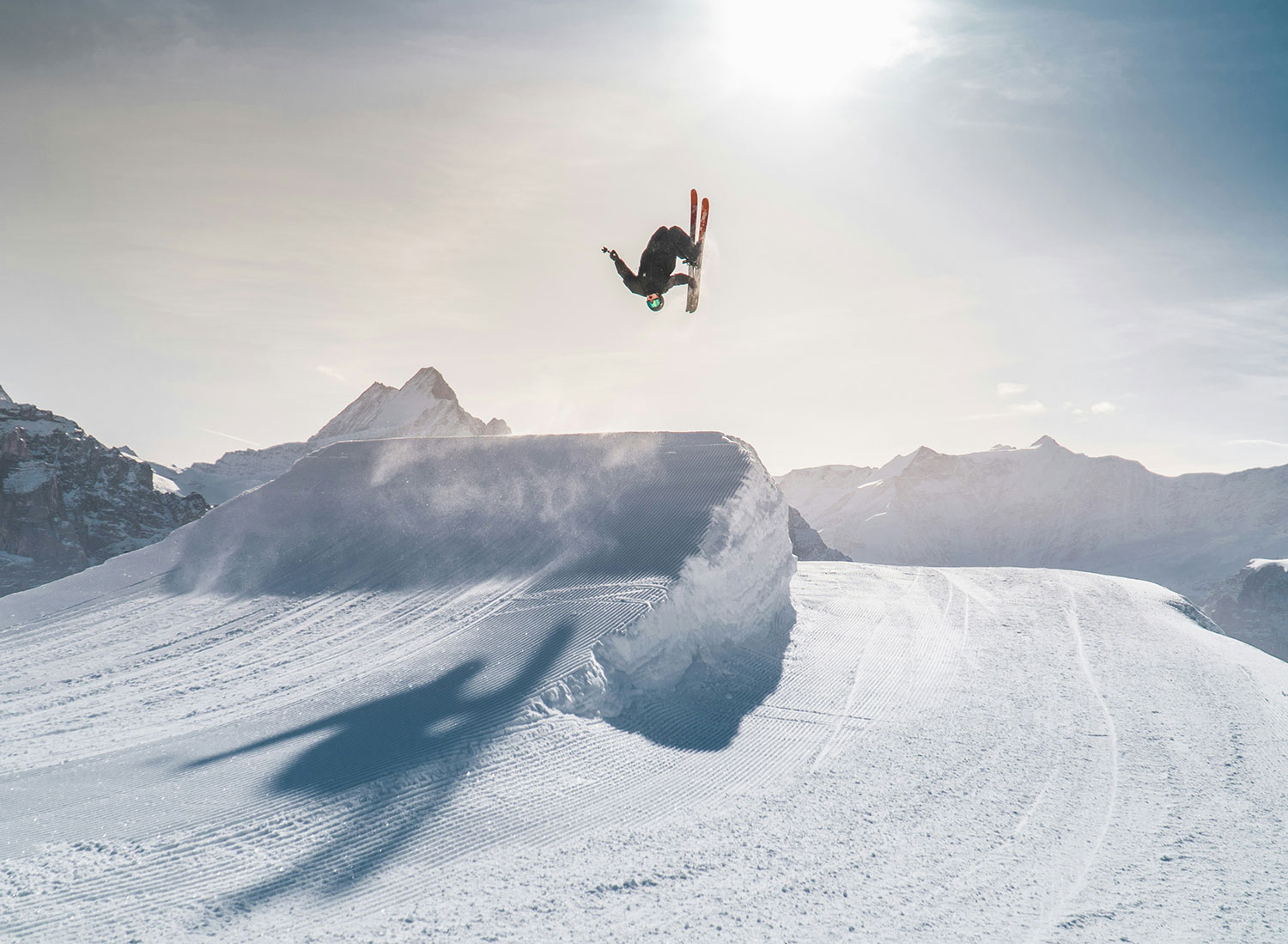See & do
Whether you are a nature lover, history buff, food enthusiast, shopper or all of the above, Arrowtown has a lot to offer
Immerse yourself in the outdoors and marvel at the beauty of Arrowtown’s surroundings, dine and savour the flavours at an eatery or two, shop at one of the independent boutiques or galleries, attend a community festival, sport event, or listen to live music, and learn about the pioneering history of Arrowtown. We invite you to slow down and experience our town like a local.
Get outdoors
Get outdoors
Sports & recreation
Arrowtown highlights
Arrowtown highlights

Visit the Museum
Step inside the Lakes District Museum & Gallery and learn about the history of the Queenstown Lakes District, spanning 8,719 km2 from Makarora to Kingston. With an abundance of artefacts, displays and local stories, uncover the history of tangata whenua, tough gold miners and the hard working settlers who paved the way for the thriving district we have today.
Top lists & local tips
Looking for inspiration for what to see, eat and during your time in Arrowtown? We’ve curated a few lists and guides to make your planning easier.
What’s happening
-
25 Sep
© Arrowtown 2025 This website is owned and managed by the Arrowtown Promotion and Business Association (APBA)










